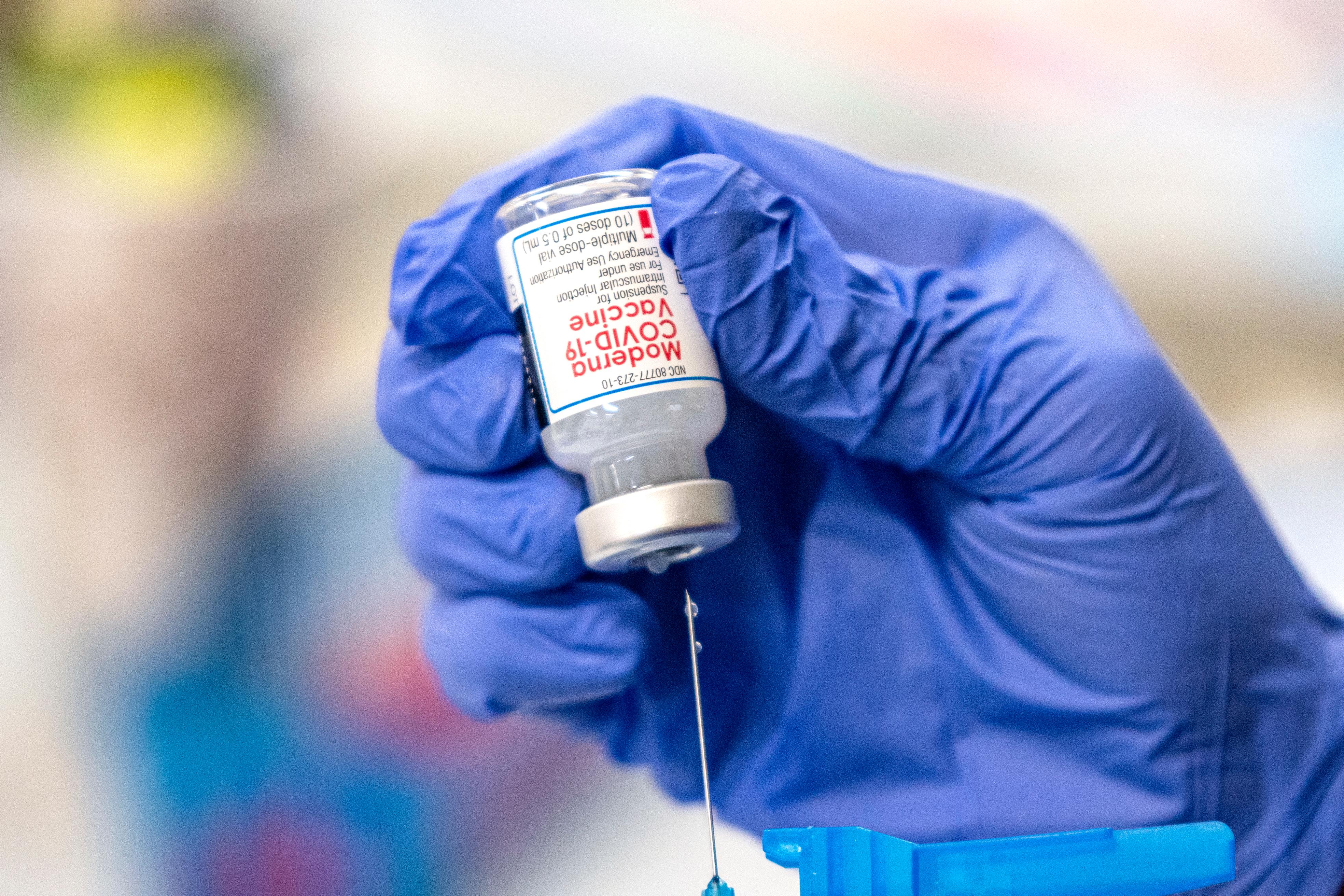The Ins and Outs of Buying Puts, Explained
Want to bet on a stock's price decreasing? You can buy puts, a type of options trading in the stock market.
Oct. 11 2021, Published 12:14 p.m. ET
Options traders aren't always looking for the next big stock. Some prioritize stocks they think will fall in value. This process is called buying put options.
Buying puts isn't complicated, but it is different from buying call options. Here's how the process works and how to tell if it's the right move for you.
What is a put in options trading?
As of Oct. 11, Moderna Inc. (NASDAQ:MRNA) had a relatively high put-call ratio of 0.7, which means the number of put options is equal to about 70 percent of the call options on MRNA stock for the contract ending Oct. 15.
Whether for Moderna or other stocks, put options allow traders to bet that a stock will decrease in value and achieve a strike price by a specified date.
How puts work in the options market
Puts have an inverse relationship with stocks. Put contracts increase in value when the associated stock falls in value. Someone with a put contract must buy the stock at a specified strike price, which is lower than the stock's current price. However, they don't need to buy the stock until they exercise the put contract.
For put options, you have the choice of selling the underlying stock when the contract expires.
In order to conduct a put options trade, you need a strike price you can sell the stock at, option premium, and expiration that determines when the put contract settles.
Put options are not the same as short selling. Both are bearish strategies, but traders can short sell options contracts if they want.
Knowing when to buy (and sell) puts
Traders buy puts when they expect a stock's value to fall to a lower strike price by a certain date. Both the price and date must be specified in order to conduct the trade.
To buy a put option, you must conduct an analysis of the underlying stock. What is the short- and swing-term outlook for the stock? If the stock ends the contract period at a higher value than your strike price, your contract expires worthless. Meanwhile, you need a value low enough to actually profit.
Traders who already own put contracts may change their tune about where the stock is headed. If they expect the stock won't fall low enough to reach the strike price, they can sell the options ahead of time and break even or profit (depending on the circumstance). This is one way to close a put, the other being to exercise the contract.
How to buy puts
If you have access to an options brokerage account, you're technically ready to buy puts. You will need to identify:
The underlying stock you want to trade with.
The strike price you expect the stock to fall below, typically slightly below the current trading price.
The expiration date for the put options contract.
The number of contracts you want to buy (each options contract represents 100 shares of stock). The cost will be the listed premium per share.
Following your purchase, make sure to watch the stock market closely. You may need to move quickly to close your position.
What does it mean to buy uncovered puts?
You don't have to own the shares you buy put contracts with until you exercise the position. Puts can be based on an individual stock or index. Buying an uncovered put (or "naked put") means holding off on purchasing the underlying asset until you're ready to exercise. There is more risk involved in this strategy than with a covered put.


